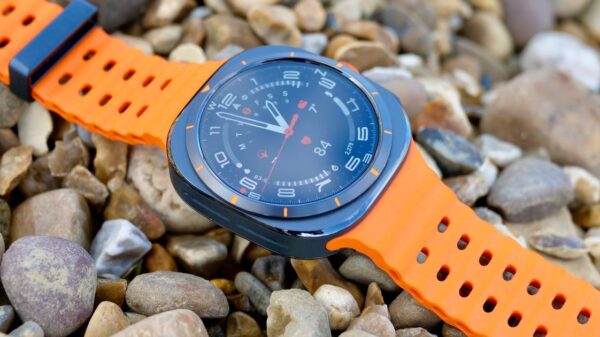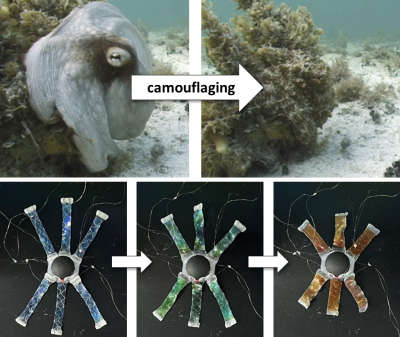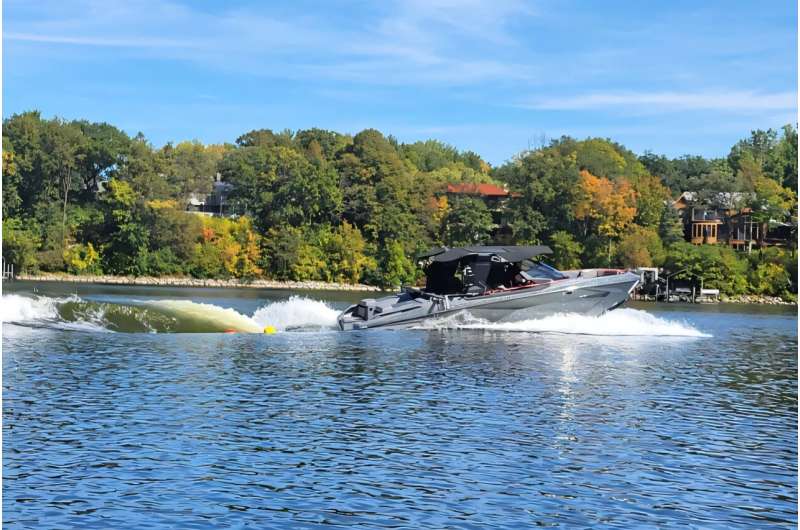Researchers from the University of Minnesota have identified significant negative impacts on lake ecosystems caused by powerboats. A recent study conducted at the university’s St. Anthony Falls Laboratory highlights how propeller thrust and wave action from recreational boats can disturb fragile underwater environments. This research is crucial as it sheds light on the often-overlooked consequences of recreational boating.
Over the course of the 2022 and 2023 field seasons, the research team utilized advanced acoustic sensors to monitor pressure and water velocities at various depths in two Minnesota lakes. These sensors provided real-time data on the disturbances generated by seven different types of recreational powerboats, including both non-wakeboats and wakeboats. The study aimed to analyze the effects of these boats under their most commonly used operational modes.
The findings, published on July 29, 2025, revealed that all tested powerboats create water currents and turbulence capable of disturbing the lakebed. Notably, wakeboats generated more powerful turbulence that resuspended sediments in the water. This resuspension can lead to the release of nutrients, such as phosphorus, from the sediment. An excess of phosphorus can trigger harmful algae blooms, which can degrade water quality and harm aquatic life.
To mitigate these detrimental effects, the researchers recommend specific operating depths for powerboats. They advise that all motorized boats should navigate in water depths of at least 10 feet during leisurely cruising or planing. For wakeboats, particularly when surfing, a minimum depth of 20 feet is recommended. “For all motorized boats, simply being careful about where you steer your boat and avoiding shallow spots can make a huge difference,” stated Jeff Marr, co-author of the study and associate director of engineering and facilities at the St. Anthony Falls Laboratory.
Marr emphasized that staying in deeper water, especially while wakeboarding or surfing, is a straightforward way for boaters to protect lake environments. He also encouraged boaters to maintain a safe distance from other vessels and shorelines to minimize disturbances.
The final phase of the study is set to conclude in fall 2025, during which researchers will examine how wind-driven waves compare to those produced by recreational boats and their respective impacts on lake environments. This ongoing research aims to provide deeper insights into the interactions between human activities and aquatic ecosystems.
For more detailed information, the study is accessible through the University Digital Conservancy. The implications of this research are significant, as they underscore the need for responsible boating practices to safeguard the health of vital lake ecosystems.





































































